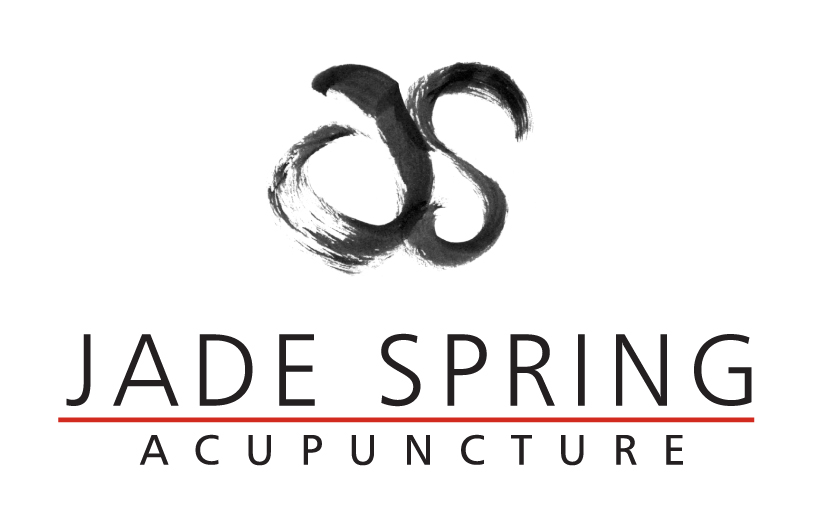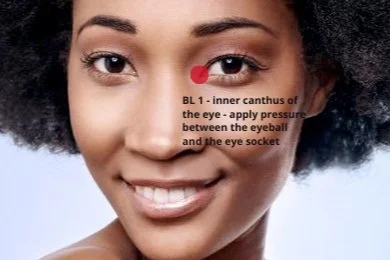Mindfulness techniques for the insomniac
Today I want to continue last month's theme and share more resources for supporting sleep, which I came across in a series of guided meditations available through the Calm App.
My previous blog post, Thinking like a sleeper, included some acupressure points that can help you get to sleep as well as some ideas about how to think like a good sleeper. Today's techniques include mindfulness, breathing, body scans, and eliminating worry, all of which can help settle the mind to make sleep easier.
Mindfulness practice during the day helps you relax at night
The state of your mind during the day, bleeds into the state of your mind at night. We live busy lives where anxiety, pressure and worry build up and often linger into the night. Learning to tune into how you are feeling during the day and releasing tension and stress as it builds, will make it easier to switch off at the end of the day.
Mindfulness and meditation techniques help you be aware of your thoughts while maintaining non-reactivity to your feelings and is a natural way to evoke the relaxation response.
Incorporating a mindfulness practice into your daytime routine, and coupling that with some evening activities that help you tune into the present moment, will help you gently transition after a stressful day. Some quiet nurturing activities at the end of the day could include:
taking a warm bath
doing light yoga
reading
listening to music
drawing or using coloring books
working on a puzzle
Breathing and body scans
One key to relaxing into sleep is learning how to regulate your breathing. Become aware of the feeling of the breath moving into and out of your body. Keep your attention focused on this movement of the breath, and let this focus anchor you in this moment.
When thoughts appear, observe them, and then gently release them without judgement; let them drift off like clouds moving through the sky or imagine releasing a balloon and watching it float away, then return your attention to the breath. In this way, breathe into THIS moment, let go of the NEXT.
Once you have settled into steady breathing, use the breath to do a body scan – start at the top of head, your face, your jaw and feel whatever is going on in each part of the body, moving down through the neck, shoulders, arms, chest, abdomen, back, hips and legs and feet with each breath. Notice sensations at the surface of the skin as well as deep inside the body; experience your shoulders from the inside; feel the contours of your organs. If you find tension anywhere, breathe into the area and allow any tension to melt away.
Eliminating worry and focusing on gratitude
Releasing day-time thoughts and worries before going to bed is essential to getting a good night’s rest. Check into your emotional state and see if you can accept whatever your present experience is. This is not the time to fix, analyze or solve problems, but rather to observe. Practice non-judgement, and just see what’s present. If anything feels stuck or tight, breath gently into this area and notice if it opens or softens.
Another tool that is particularly helpful for shifting our attention away from daytime worries is to focus on gratitude. Think about all the things in your life that you are grateful for, whether that be physical comforts like a warm home and healthy food, or experiences and relationships that you are grateful for. Focusing on these things directs our minds away from worrying and activates neural pathways linked to peace and contentment.
Be patient and come in for treatment
It takes some work to change our thoughts about sleep. Using acupressure points and making efforts to think like a good sleeper (as discussed in the last post), adding mindfulness into your day and using breathing, body scans and gratitude are all important steps to take and will help you along the way.
And don’t feel disheartened if it takes a little while before you see changes in your sleep and remember you can accelerate the process by receiving acupuncture. With the new treatment protocols I learned, you can expect to see your sleep improving with as few as 2-4 treatments.



